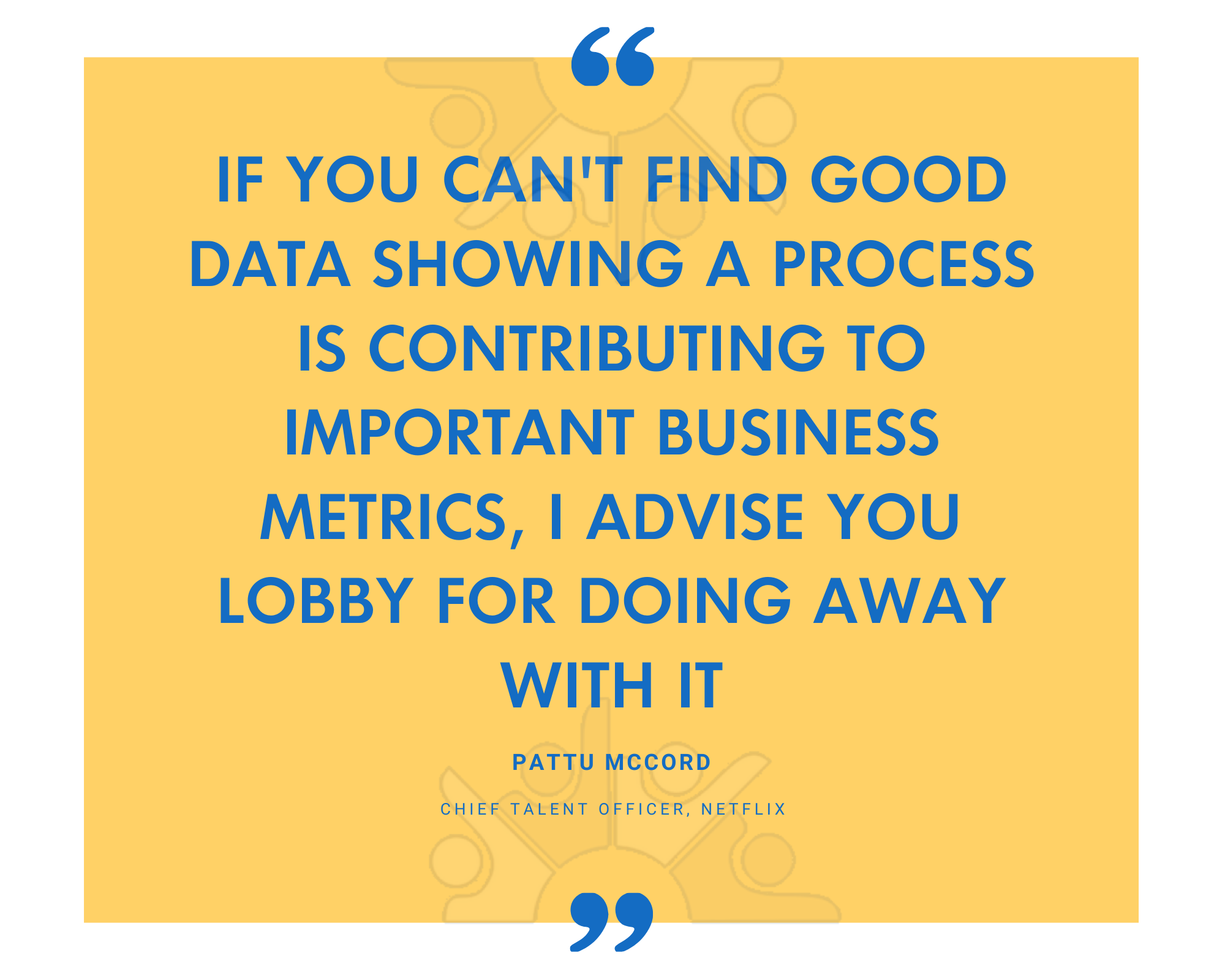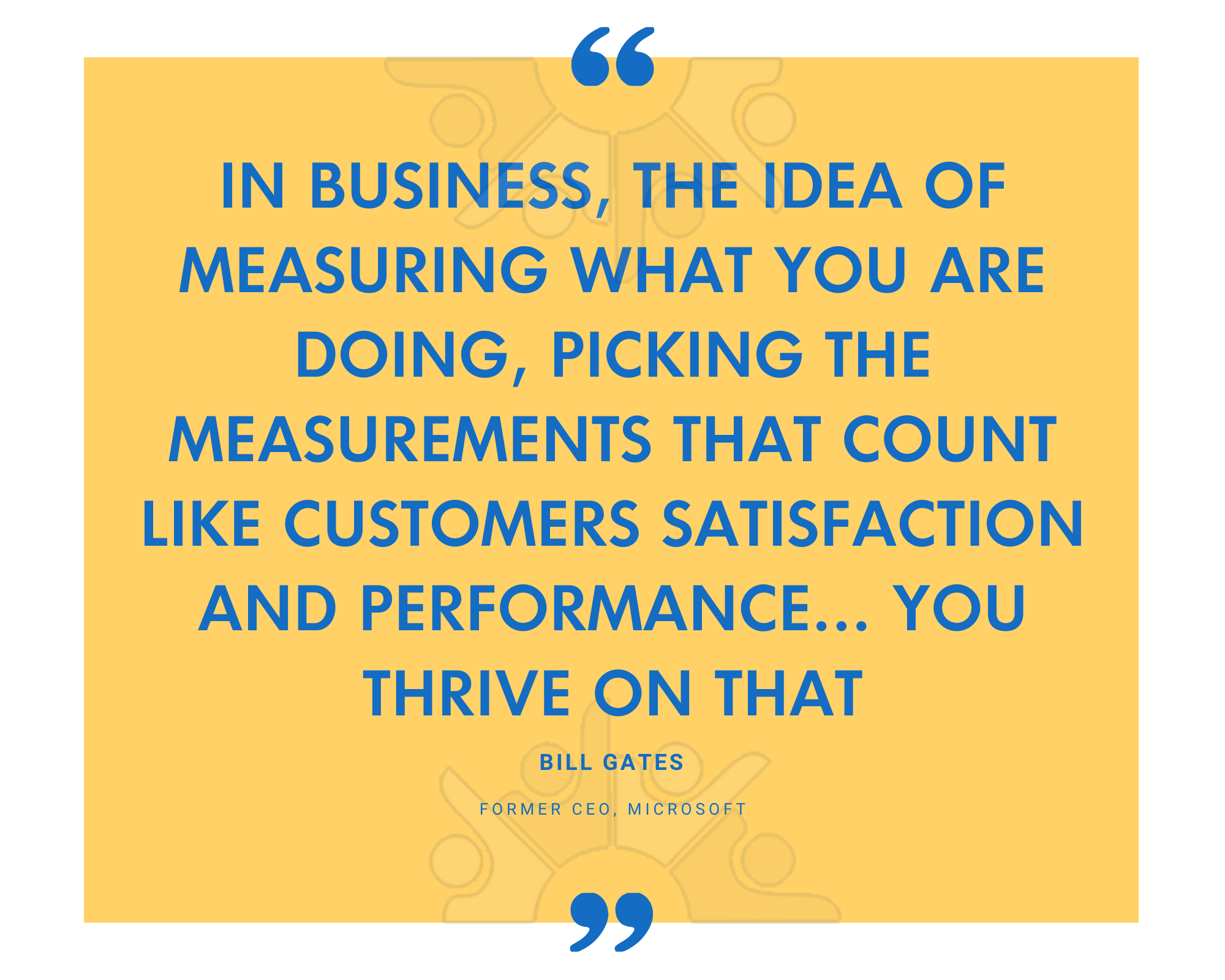If you want your business to be competitive and constantly evolving, annual performance appraisals may no longer be up to the task. Companies seeking to compete in an increasingly dynamic and fast-paced environment are discovering that regular feedback between management and employees is essential.
Let’s take a closer look at some of the key advantages of quarterly performance appraisals, as well as how your company can make the transition from annual reviews to regular feedback smooth and efficient.
The problem with annual appraisals

Despite their ongoing common usage within many businesses, it’s clear from the data that annual reviews are failing to deliver what companies expect from them. According to the Deloitte Global Human Capital Trends report for 2019, only 8% of companies believe their performance management process is highly effective in driving business value, while a staggering 58% say that it is not an effective use of their time.
Criticisms of the annual review process aren’t new. Back in 2012, Donna Morris – an executive for Adobe Systems – was so frustrated by the shortcomings of the process she decided to set out to review the entire process.
She explained on the company’s intranet forums: “Do [review contributions, reward accomplishments and feedback] need to be conflated into a cumbersome process? I don’t think so. It’s time to think radically differently. If we did away with our ‘annual review’ what would you like to see in its place? What would it look like to inspire, motivate, and value contributions more effectively?”
Morris wasn’t alone in her assessment. Another study from i4cp ominously titled Performance Management: Sticking With What Doesn’t Work revealed that only 55% of employees thought that performance management appraisals are effective.

The advantages of quarterly reviews
At Adobe, Donna Morris pushed forward the idea of regular check-ins; a new mode of continuous performance management. This introduced quarterly “goals and expectations” supplemented with regular feedback and career development and growth.
Some of the main distinctions between annual and quarterly feedback include:
Annual Performance Management | Quarterly Performance Management |
Annual feedback | Continuous feedback |
Linked to compensation | Decoupled from compensation |
Directing and autocratic | Democratic and coaching |
Focused on outcomes | Focused on processes |
Based on employee weaknesses | Emphasizing employee strengths |
Prone to bias | Driven by facts |
Once Morris implemented quarterly feedback at Adobe, the benefits were instantly apparent. While priorities were often not revisited once they had been set at annual performance reviews, they found that now they were set and adjusted regularly with management. The long process of submitting accomplishments and soliciting feedback had been replaced with an ongoing process that required no formal written review of documentation.
Feedback conversations were expected quarterly, while ongoing feedback built into the daily work schedule soon became the norm, allowing for consistent employee productivity. Additionally, HR teams were able to equip both employees and managers with the tools they needed for constructive conversations, with a centralised Employee Resource Center established to offer support whenever it was needed.
The data backs up the efficacy of regular employee feedback: companies that have implemented this system have turnover rates that are 14.9% lower than for employees who receive no feedback.
So how do you effectively transition your performance management process from annual to quarterly without causing unnecessary disruption to your business? Let’s take a look at some of the methods successfully used by other companies.
Tips for transitioning

While the details of any transition from one system to another is going to be dependent upon the specifics of a given company, there are some effective guidelines you can follow to help ensure that this transition is performed smoothly and with minimal disruption to your company’s operations.
From her experiences at Adobe, Donna Morris outlined three key requirements for implementing continuous performance management. First comes executive support, followed by clarity on the company’s objectives and how they align with the priorities of individuals. Lastly, continuous performance management requires investment in training in order to provide management and employees with the necessary tools to be more effective in their roles.
Adobe rolled out the new process by first putting together a short web seminar, which they then showed to senior leaders, followed by managers and then employees. Each quarter was then dedicated to a specific aspect of the check-in process, from setting employee expectations to giving and receiving feedback.
Writing in her book Powerful, former Netflix Chief Talent Officer Patty McCord outlined how the company had also eschewed the standard annual performance reviews in favour of quarterly appraisals.
“I understand that for many companies simply jettisoning such an elaborate process [annual reviews] is impractical. Why not try, though, doing away with it in some tiny corner of the company and see what happens? Or you can take incremental steps. That’s the way GE transitioned out of its performance review process, which it had been administering for decades.”
Running pilot programs in specific departments in order to test the changes before scaling them up across the company is one effective way to transition. This allows your company to solicit feedback from employees and improve the feedback process. Netflix was then able to implement their new approach, introducing a mobile app that employees could use to provide real-time feedback throughout the year.
Whatever method you choose to make the transition from annual to quarterly feedback, crafting a system for year-round feedback and appraisals is a surefire way to streamline your performance management processes and maximize the productivity and potential of your company.
Photo by Andrew Neel on Unsplash





